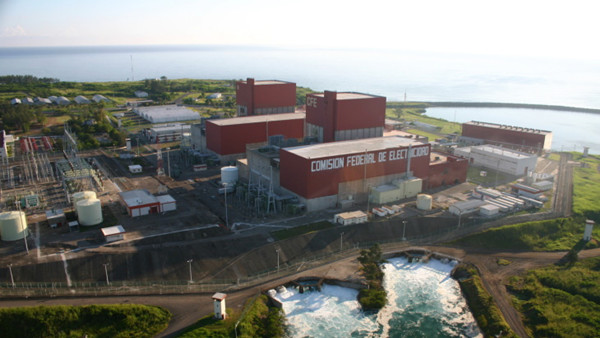Mexico's Ministry of Energy (SENER) has authorised the renewal of the operating licence for unit 1 of the Laguna Verde nuclear power plant for an additional 30 years to 2050, by which time the unit will have been in commercial operation for 60 years.

Laguna Verde (Image: Government of Mexico)
Plant operator Comisión Federal de Electricidada (CFE) submitted its application to the National Commission for Nuclear Safety and Safeguards (CNSNS) to renew its licence for the 777 MWe (net) boiling water reactor - one of two at Mexico's sole nuclear power plant - in March 2015. In 2016 it began the implementation of a programme of inspections, tests and monitoring of equipment, systems and structures in accordance with regulatory requirements for long-term operation (LTO).
During a review process lasting five years, 47 inspection, testing and/or surveillance programmes were carried out, 386 additional information requests were met, and multiple technical queries addressed through 13 audits and inspections.
A 10-day International Atomic Energy Agency (IAEA)-led SALTO (Safety Aspects of Long Term Operation) peer review mission in 2019 found that CFE had a "good basis" to manage the LTO of Laguna Verde. The review by an international team of experts was carried out at the request of CFE and focused on aspects essential to the safe LTO of both reactors.
Laguna Verde 1 began commercial operation in 1990 and unit 2 in 1995. Together, the units provide around 4% of Mexico's electricity.
A World Nuclear Association technical position paper published earlier this month found that LTO of nuclear power plants is, in most energy markets, the lowest-cost option for generating electricity on a levelised cost of electricity basis, and is expected to stay that way for decades to come. There is no fixed technical limit to the lifespan for most reactors technologies, and the LTO of nuclear plants has been successfully demonstrated globally and is now standard practice, with planned operating lifetimes of 60 to 80 years commonplace.
Researched and written by World Nuclear News